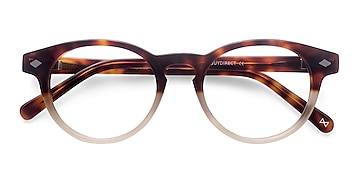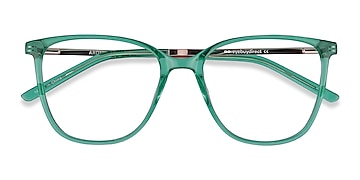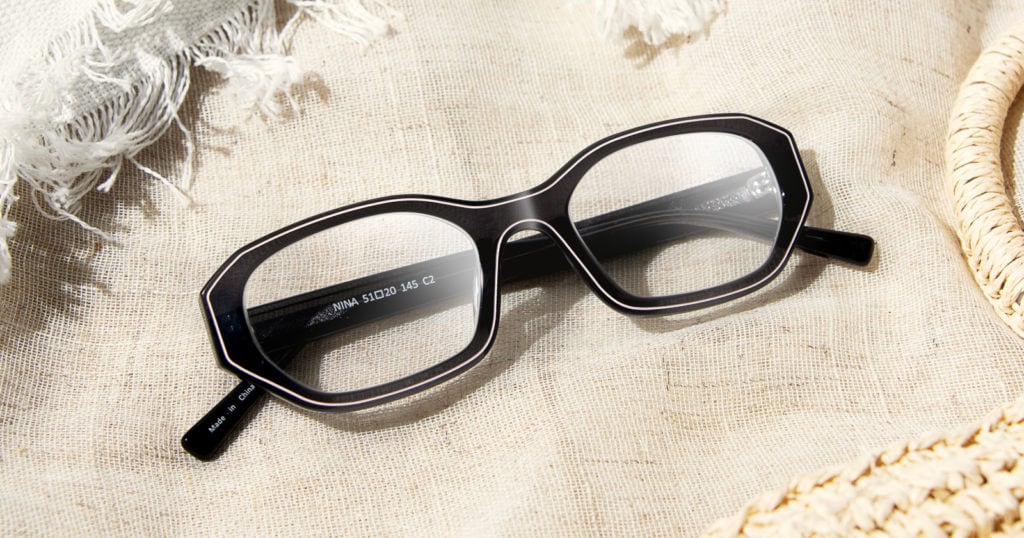When it comes to choosing bifocals or progressive lenses for your frames, it’s good to know the long and short of it before deciding which is right for you.
In short, bifocals are lenses with a line separating two fields of vision through the middle. The bottom of the lens is for things like reading up close and the top is for seeing things from far away more clearly.
Progressives, on the other hand, don’t have a line so the transition between distances is smoother. These glasses also enhance your vision at three different distances — so shifting your view has never been easier! (Whoever said three’s a crowd clearly never wore a pair!)
What are the pros and cons of bifocal and progressive lenses?
The short answer is there are many but let’s focus on the main few for each. With bifocals you can keep the same pair on rather than switching between ttwo for different distances — that means you’re less likely to lose your glasses. Then, there’s the fact they’re cheaper than progressives, so no shortchanging here!
As for the downsides of bifocals, the line on the lens is less aesthetically pleasing and the transition between distances can sometimes be unsettling for the wearer. The near focus lens can be limited too, so your pair might not be the best for everyday use, but hey, who’s perfect?
Meanwhile, progressives are obviously more cosmetically appealing as there’s no line on the lenses. There’s also no disruption when shifting views so get ready for a smooth ride. Finally, it’s 2021 and we’re all glued to our smartphones, computers, and TVs, right? Well, these are best for screen-time viewing no matter the device.
So, what about the cons? Progressives can take longer to get used to since they don’t have a clear line of separation for distances. It can also take longer to get used to the peripheries but once you’re there your brain will easily adapt. As mentioned, they’re also slightly more expensive, but you pay for what you get, right? And you can’t put a price on the best view in (or out of) the house!
Who should choose bifocal lenses?
With a pair of bifocals or progressive glasses you’re sure to find your eyewear match for your prescription needs, but when it comes down to it, which should you pick? Get up close and personal with our bifocal glasses if you’re on a budget and want to pair your reading glasses prescription with your standard prescription — all in one frame! These can also take a bit of getting used to but with our 14-Day Free Returns you’re well covered.
Who should get progressive lenses?
Pick a pair of progressives if you’re both nearsighted and farsighted but don’t want to keep switching between two different pairs of glasses. Oh, and don’t forget the middle intermediate distance that’ll give you a squint-free view when you look up from your phone — that’s gotta be worth a look.
If you really wanna step up your game, go with a pair of premium progressives, which are more comfortable with a wider field of vision. Newly-designed vision corridors also mean first-time wearers can adapt quicker to the lenses, so what are you waiting for? Go ahead and choose a frame.
Other customizable options for premium progressives include blue light filtering lenses, light-adjusting technology, and sun protection, so you’ll never look back. Whichever you decide, you’re sure to go the distance in a pair of bifocals, progressives, or premium progressives.






